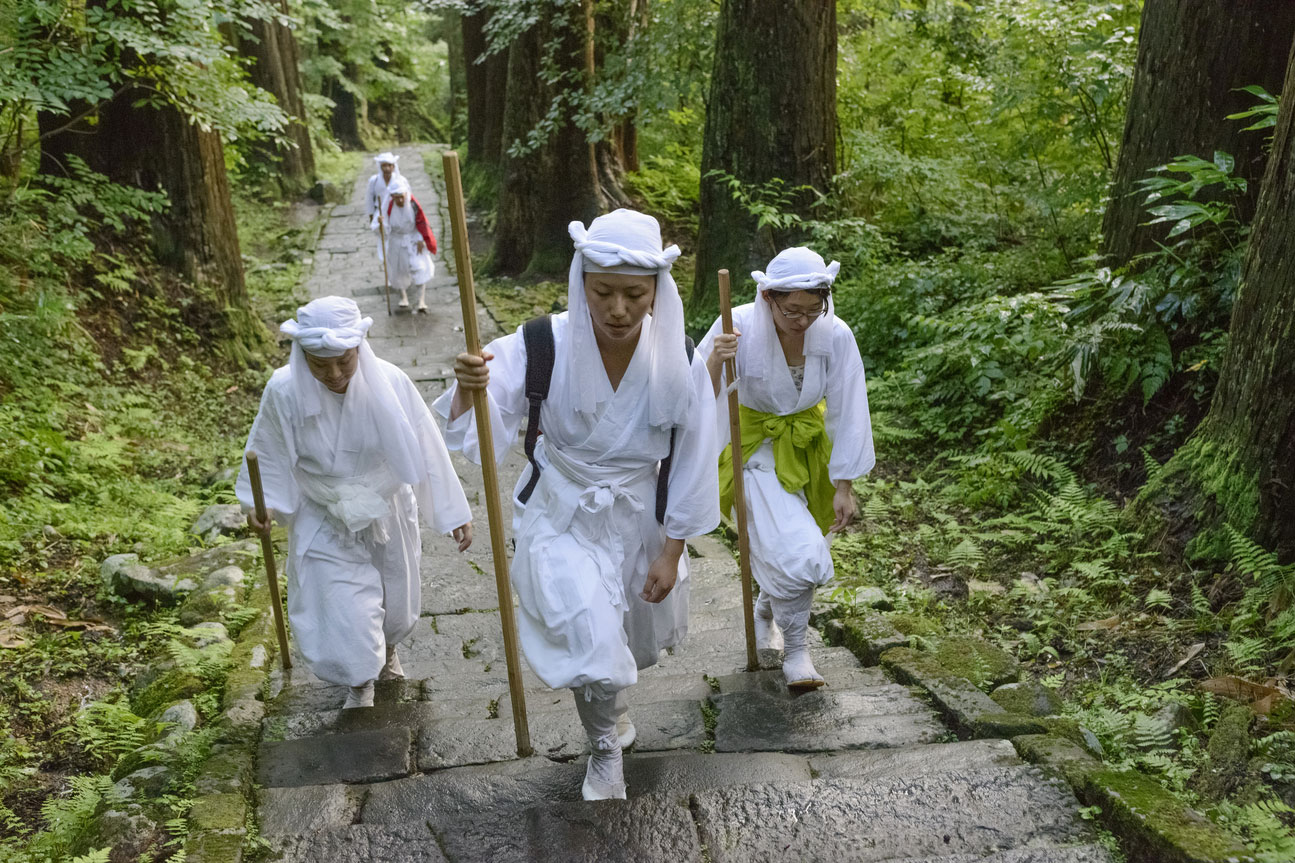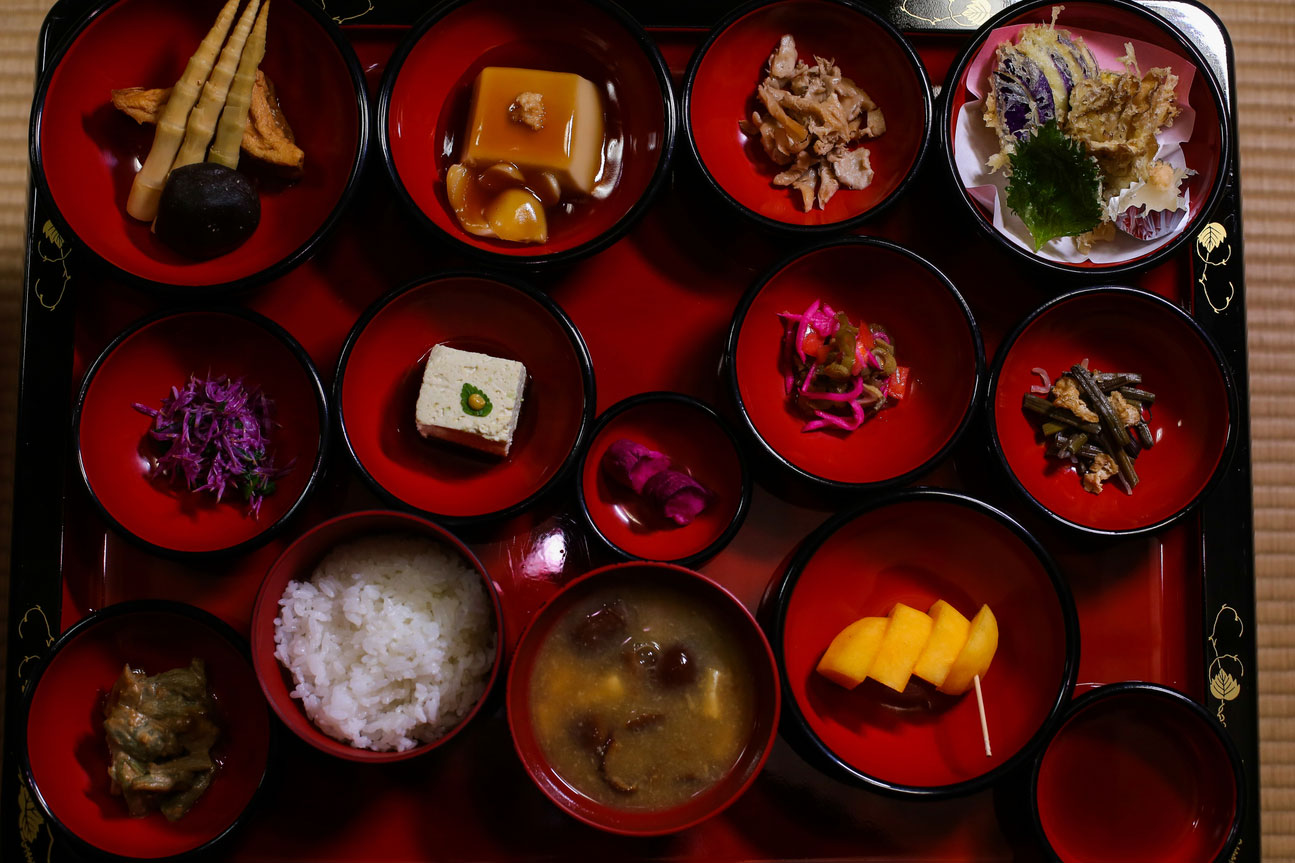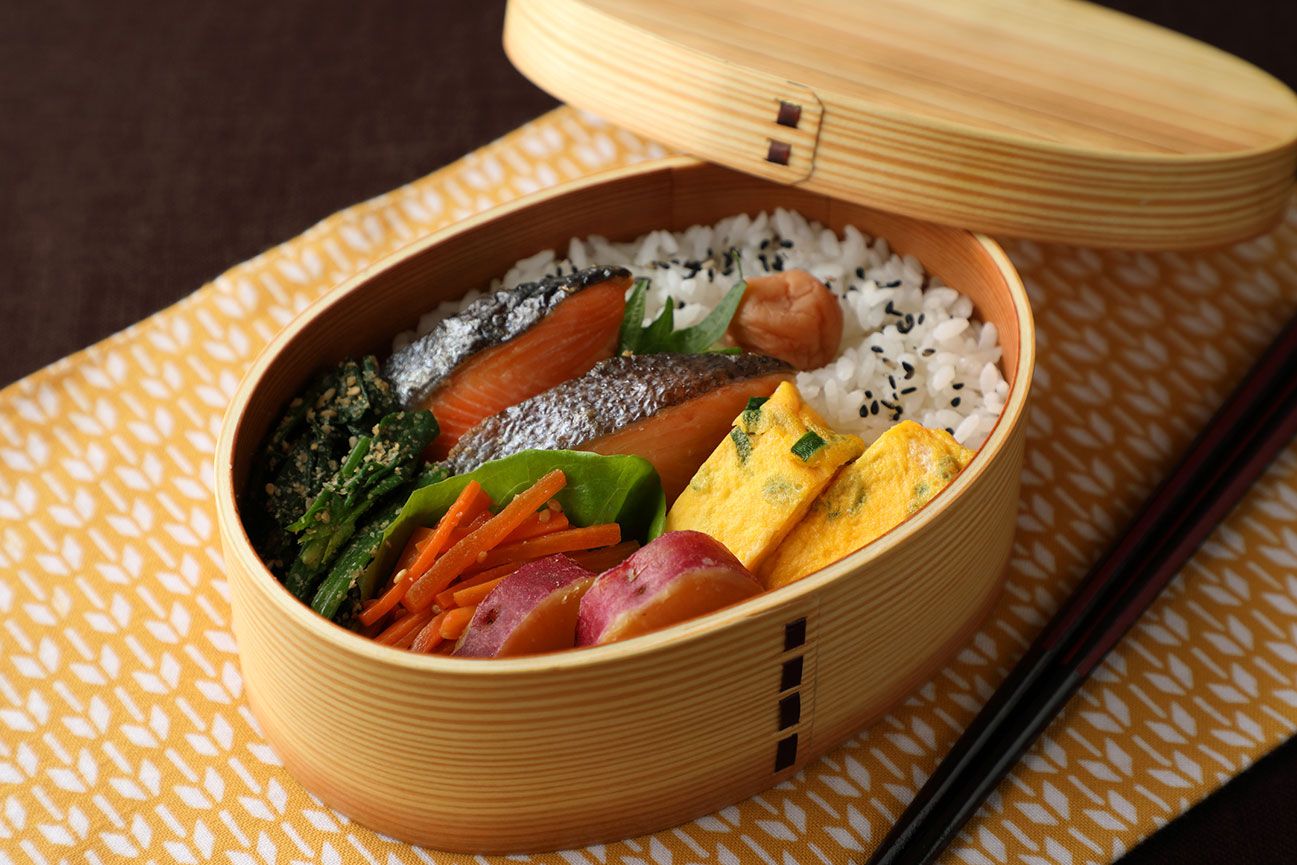
From Yamagata to the World: Tsuruoka Foodways Past, Present and Future
The city of Tsuruoka stands between the mountains and the sea in an area called Shonai in Yamagata Prefecture, part of Japan’s northeastern Tohoku region. In 2014, the foodways of Tsuruoka came to international attention when it became Japan’s first UNESCO Creative City of Gastronomy. We spoke to Masayuki Okuda, the Tsuruoka-born owner-chef of local restaurant Al-ché-cciano who played a key role in winning this recognition for the city, about how the area developed its culinary identity and what it can teach the world today.
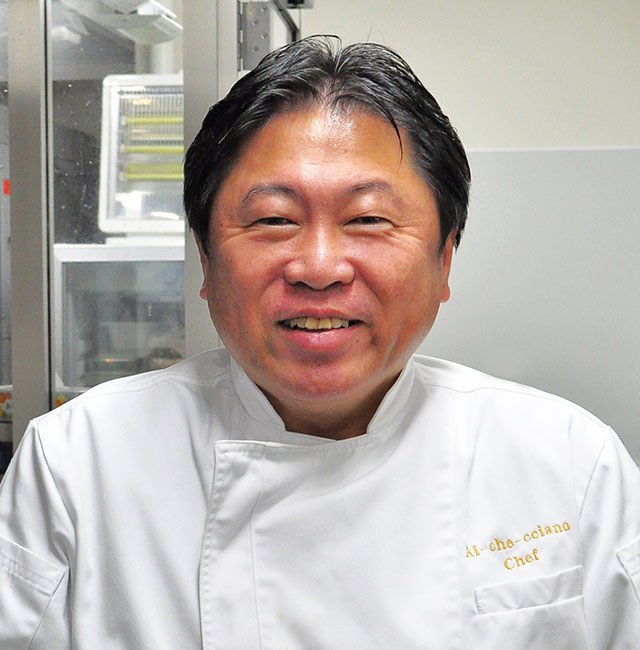
Masayuki Okuda, owner-chef of Tsuruoka restaurant Al-ché-cciano
Tsuruoka’s food culture is built on the sheer variety of ingredients available. “Tsuruoka has 60 varieties of heirloom vegetables,” says Okuda. “We also have many other natural vegetables and fruit, from the Shonai persimmon to grapes grown in hillside vineyards. The sea off the coast is home to 140 species of seafood, including oysters, salmon, and seaperch, and there are multiple local meat brands, including Haguro Men’yo mutton and Shonai pork.”
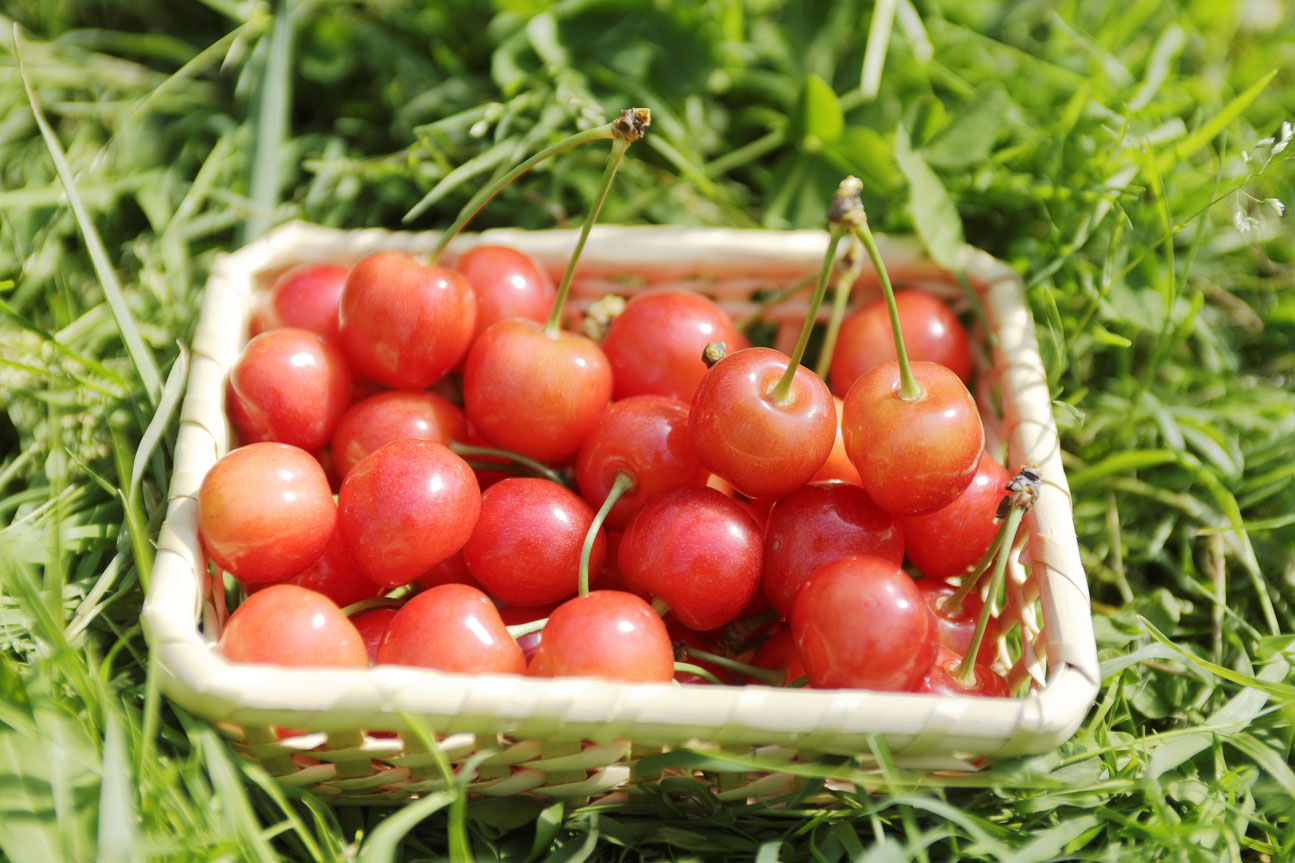
Yamagata produces more cherries than any other prefecture, and Tsuruoka has many cherry orchards playing their part
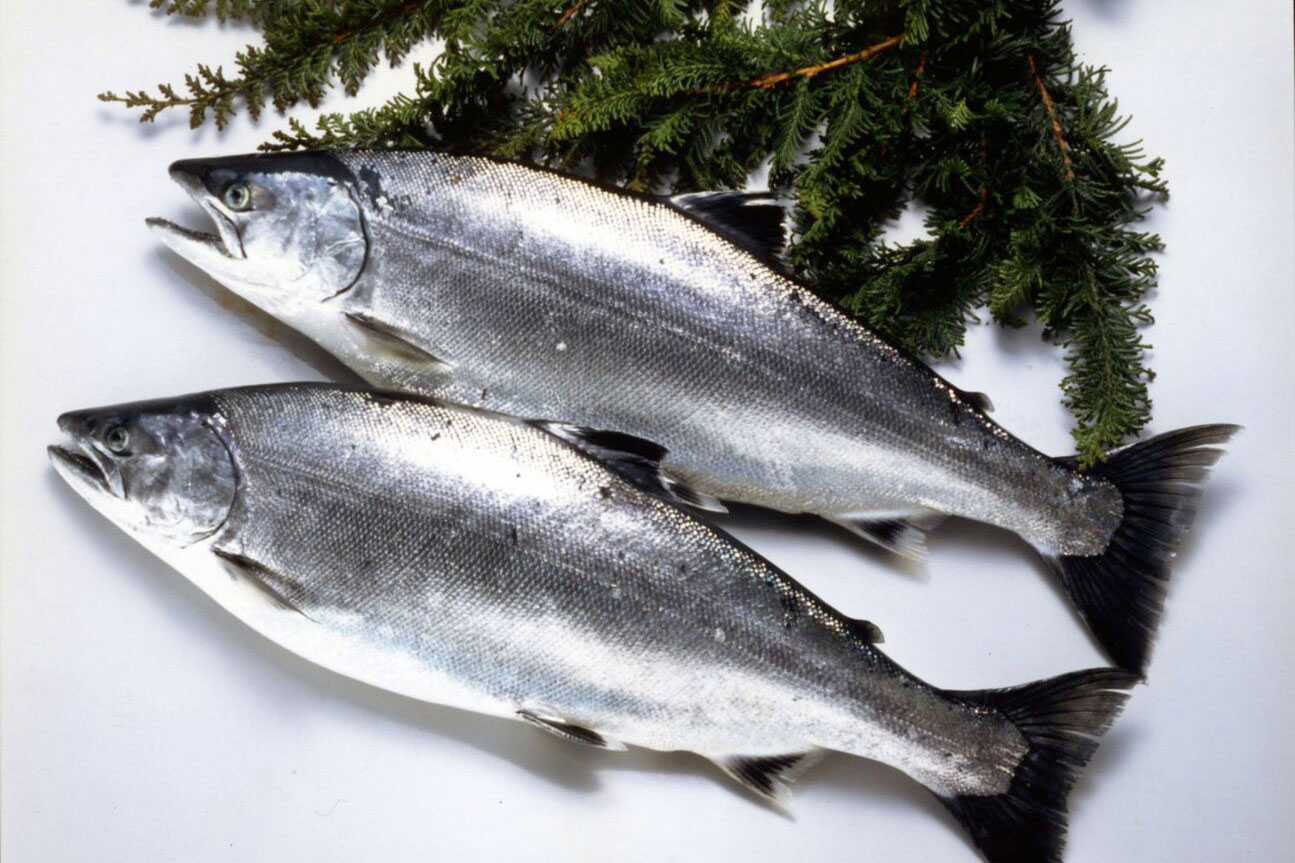
The cherry trout is the prefectural fish of Yamagata, and is at its most delicious in cherry blossom season
The Shonai area is generally warm and temperate, with distinct maritime, mountainous, and basin climate zones. Barter between residents kept different products flowing between different zones, and historical factors helped preserve this diversity even as other areas in northern Japan came to devote more of their agricultural production to supplying rice to the more populous south.
“Shonai domain supported the Edo shogunate right up until the system finally collapsed in 1868,” explains Okuda. “This didn’t endear the region to the Meiji government that followed.” But being relatively isolated from the mainstream of modernization also gave the area reason to retain and refine its local culinary traditions.
Tsuruoka’s location near the Dewa Sanzan, or Three Mountains of Dewa, is also part of its story. The Dewa Sanzan are sacred to the Shugendo faith of mountain ascetism, and pilgrims to the mountains stopped in Tsuruoka for food and lodging. Ritual dietary restrictions shaped a local tradition of shojin ryori (vegetarian food based on Buddhist temple cuisine), while the practical realities of mountaineering drove innovation in portable and preserved foodstuffs, including 200 types of mountain greens. Perhaps unexpectedly, pilgrims also made a more direct contribution to Tsuruoka’s foodways.
“Carrying money on pilgrimage would have made the pilgrims a target for bandits, so they brought seeds to barter with instead,” says Okuda. Plants adapt to the local climate, and many of the crops brought to Tsuruoka in seed form are no longer grown elsewhere in any case, making the city a repository of truly unique heirloom vegetables.
“For example, dadachamame beans are descended from edamame, probably brought from Niigata originally, with black bristles instead of white. They were first grown in Tsuruoka in the late nineteenth century, and their relatively high levels of sugar and umami-rich amino acids made them so delicious that they became popular all over Japan.”
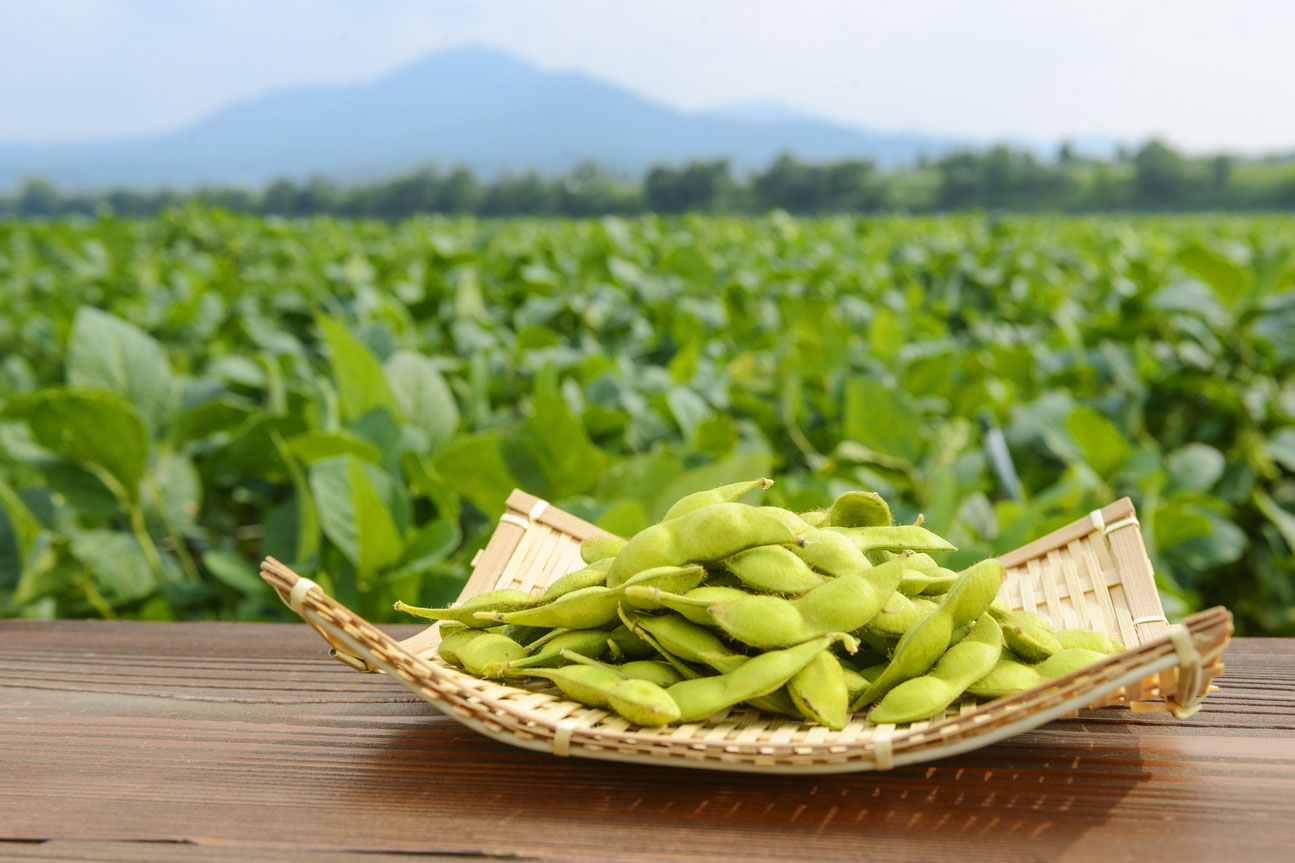
Dadachamame beans. They look like edamame, but have a distinct indentation and black fuzz, with a higher proportion of two-bean pods
Other Tsuruoka vegetables are indigenous to the area. The red turnips known as atsumi kabu, for example, have been cultivated in the mountains for centuries.
“You can’t really grow fields of crops in the Shonai mountains, so local residents have traditionally practiced slash-and-burn agriculture,” says Okuda. “Atsumi kabu turnip seeds are planted when the soil is still warm, and the seed coat splits before weeds can grow, so no agrochemicals are needed. They’re rich in calcium and so prized that the shogunate used to accept them as tax payments instead of rice.”
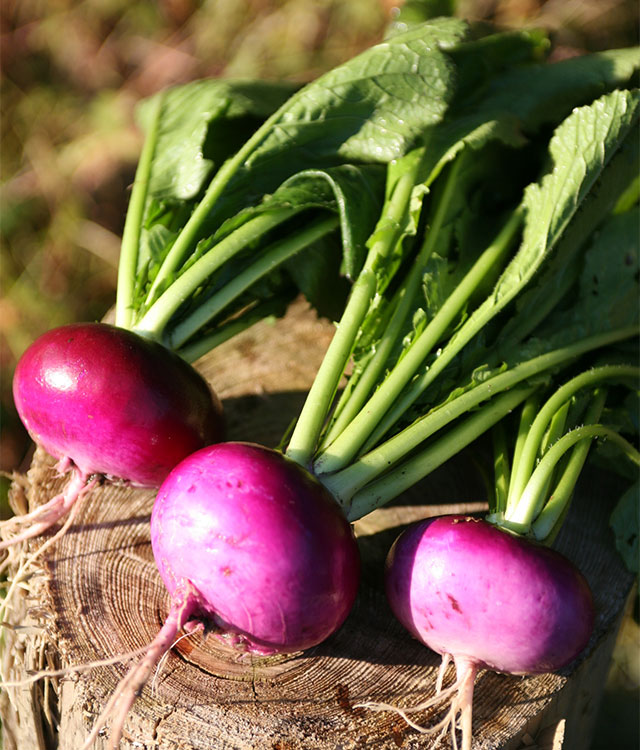
Atsumi kabu turnips, grown using slash-and-burn techniques, are firm and crisp with a hint of sweetness
That said, in recent years Tsuruoka has also made its mark on the rice world with the local Tsuyahime brand, which is grown exclusively by producers accredited by Yamagata prefecture for advanced skills in soil improvement and other areas. Tsuyahime rice soared in popularity after chef Yoshihiro Murata revealed that he used it at his Michelin-starred Kikunoi Honten restaurant, which serves Japanese cuisine. “It’s a lighter rice that goes down very easily,” says Okuda. “This makes it highly suitable for modern dining. I understand it’s the most popular variety at Ginza’s Mitsukoshi department store.”

Tsuyahime rice, grown exclusively by producers accredited by Yamagata prefecture for advanced skills in soil improvement and other areas, is soaring in popularity
Okuda is fiercely loyal to Tsuruoka, which supported his family through lean times in the past, and has always known its foodways were special. But his part in the city’s rise to UNESCO recognition was not something he planned from the outset of his career. As he tells the story, it was the organic result of pursuing his craft as a chef.
“I trained in French cuisine and was head of a hotel kitchen at 26,” he says. “In those days, French cooking meant using sauce, but Shonai vegetables are known for their rich aroma and dewy freshness. Covering them in sauce hid both of those qualities. I wanted to let my ingredients speak for themselves, and Italian cuisine gave me the freedom I was looking for.”
Today, Okuda’s restaurant Al-ché-cciano offers more than three dozen signature dishes showcasing the tastes of Tsuruoka. “For example, we offer a combination fried crab and shrimp and dadachamame bean platter. The dadachamame have an aroma like the crab and shrimp, so eating the two together creates a delightful synergy.”
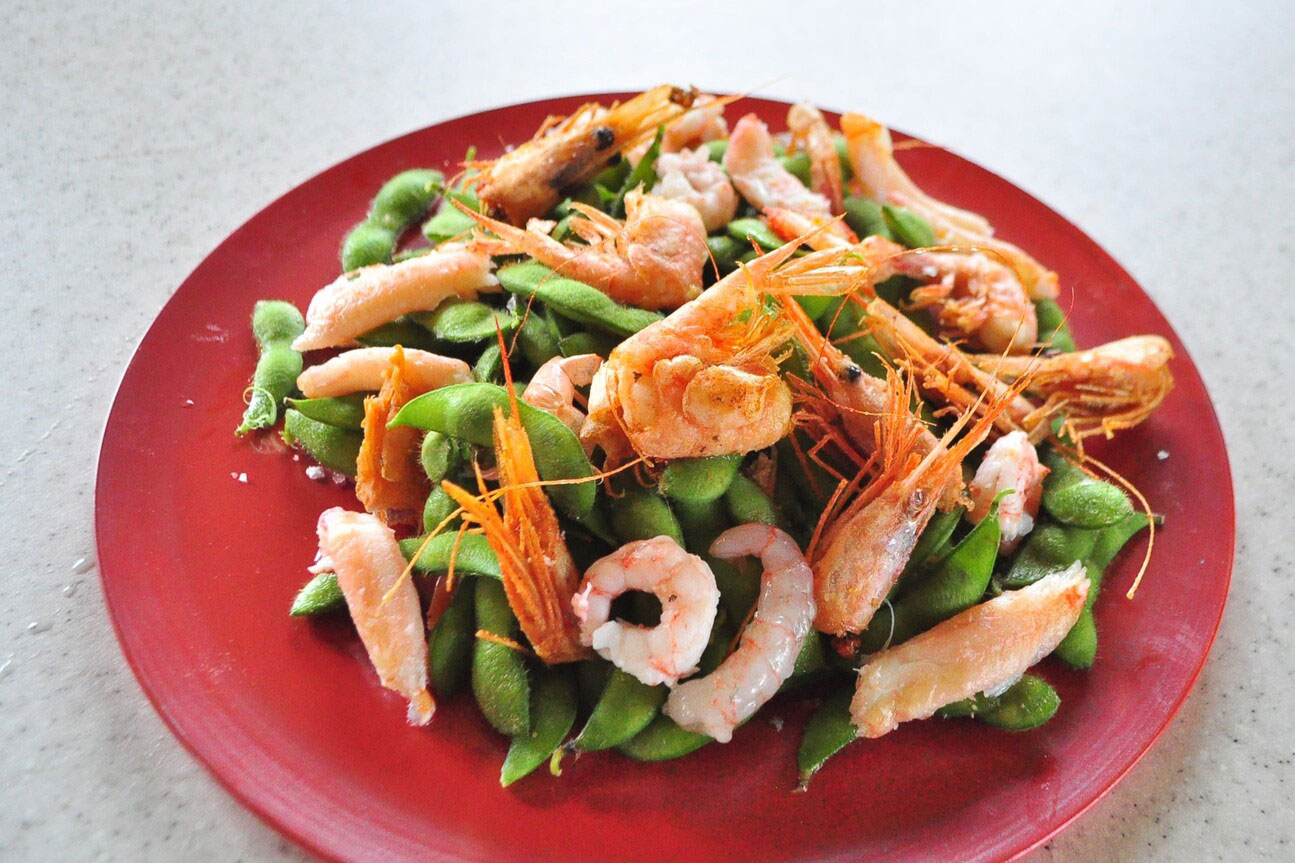
“Ebi bakka tabennadeba” (the name means “Don’t just eat the shrimp”!) combines dadachamame beans with shrimp
Al-ché-cciano also serves a dish of Fujisawa kabu turnips (“a relative of atsumi kabu”) and Shonai pork playfully arranged to resemble a slash-and-burn field, and a variant on Tournedos Rossini that uses heated dadachamame to simulate the aroma of foie gras for a lighter, lower-calorie dish.
Local Haguro Men’yo mutton appears on the Al-ché-cciano menu, too, and Okuda is proud of being an early adopter the meat. “It’s the most delicious mutton in Japan,” he says. “I got goosebumps the first time I tasted it.” Haguro Men’yo sheep are fed on isoflavone-rich dadachamame pods, giving both males and females a rounded look and meat with no strong aftertaste.
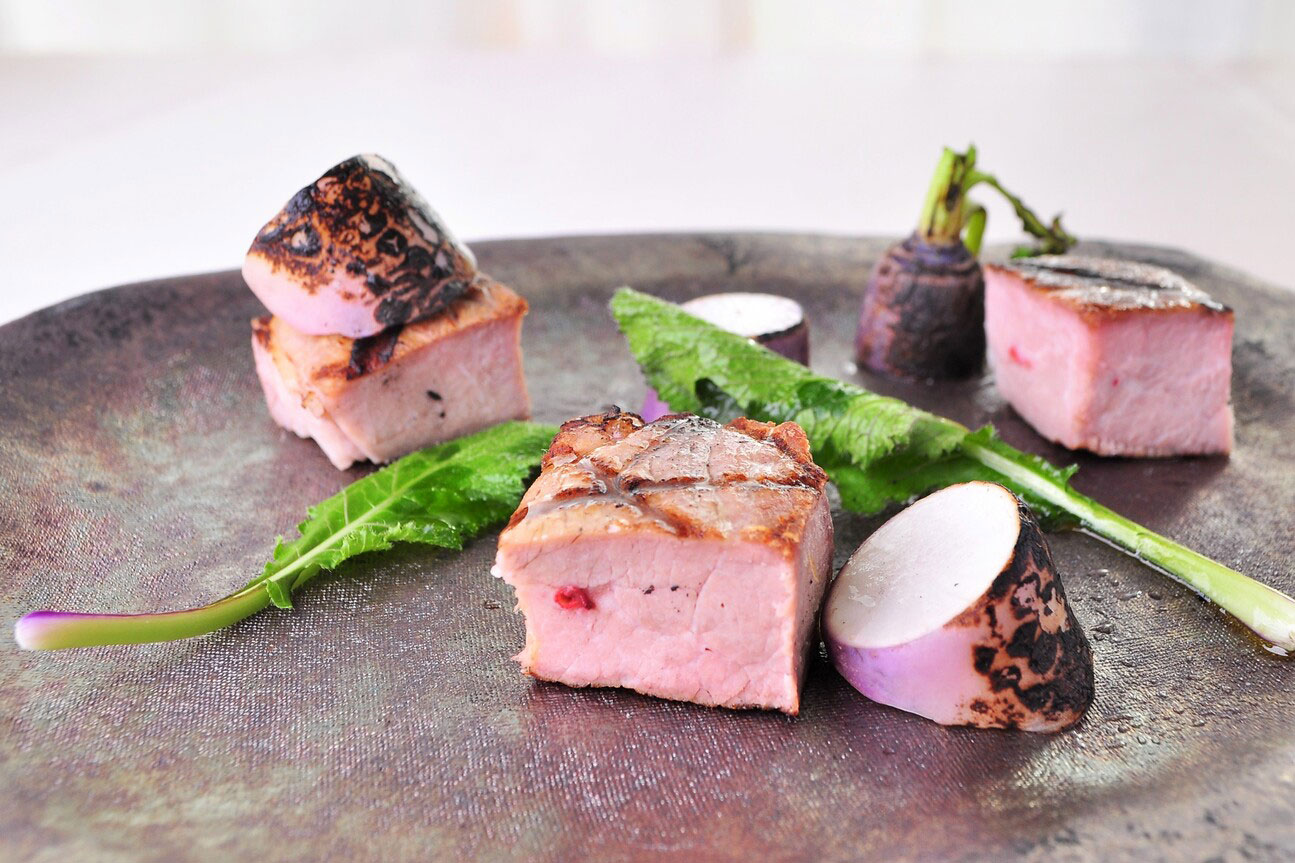
A slash-and-burn field of Fujisawa kabu turnips and Shonai pork on a plate
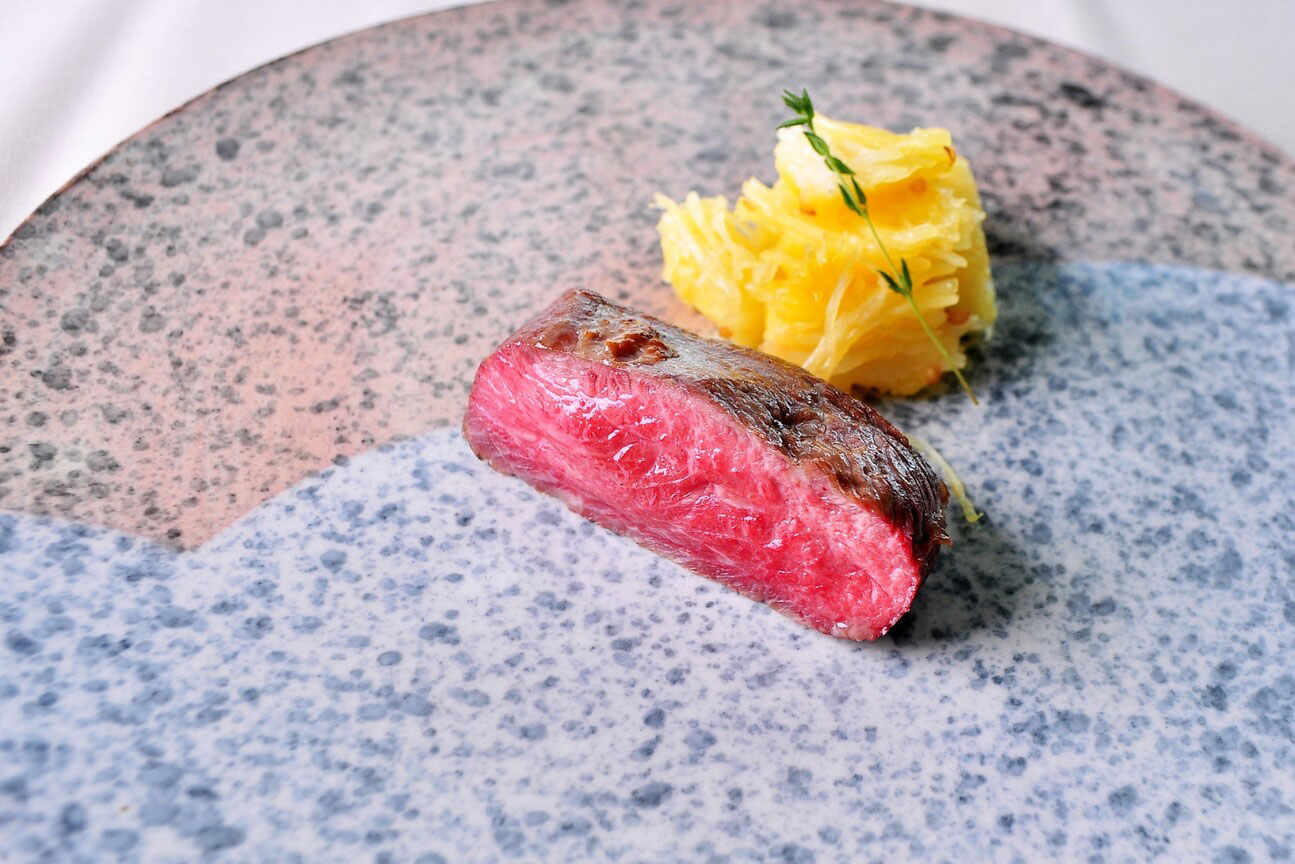
Haguro Men’yo sheep contribute the mutton that Okuda uses in dishes like this combination with spaghetti squash(ito kabocha)
Unlike some colleagues, Okuda sees cooking not as a mode of self-expression, but as a chance to tell a story.
“I spoke to all kinds of agricultural experts and professors who came to dine at my restaurant over the years. They all told me why Tsuruoka was special from the perspective of their field, but no one had ever connected the dots and presented Tsuruoka’s foodways as a unified whole before,” Okuda says. His efforts to do this ultimately led to UNESCO recognition, and today the residents of Tsuruoka take great pride in the rich diversity of dining experiences they can offer as a popular destination for overseas visitors to Yamagata.
Okuda remains at the forefront of the city’s culinary culture. He has opened a school to train a new generation of chefs, and cultural exchanges with other UNESCO Creative Cities of Gastronomy are ongoing. “We had visitors from Parma and held a Prosciutto Festival with them,” recalls Okuda. “After that, we started making prosciutto in Tsuruoka, too!”

Okuda also hosts gastronomy tours showcasing Tsuruoka’s food culture, such as the Haguro Men’yo sheep being admired by participants here
Tsuruoka’s foodways were built on openness and adaptation, integrating ingredients and ideas from elsewhere in ways that augmented rather than replaced what came before. Now that the city has come to global attention, the possibilities are broader than ever for delighting diners in new and unexpected ways.

